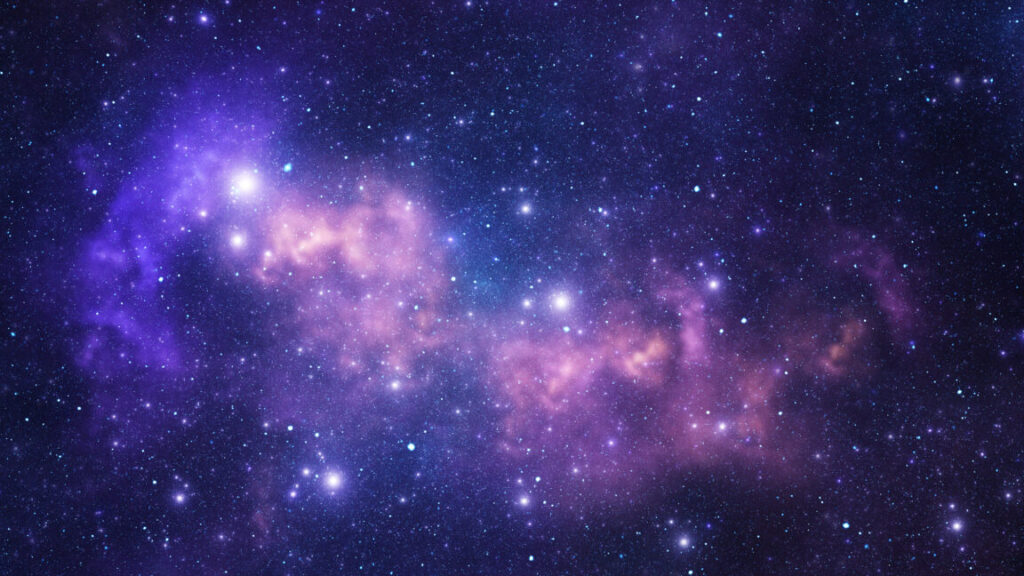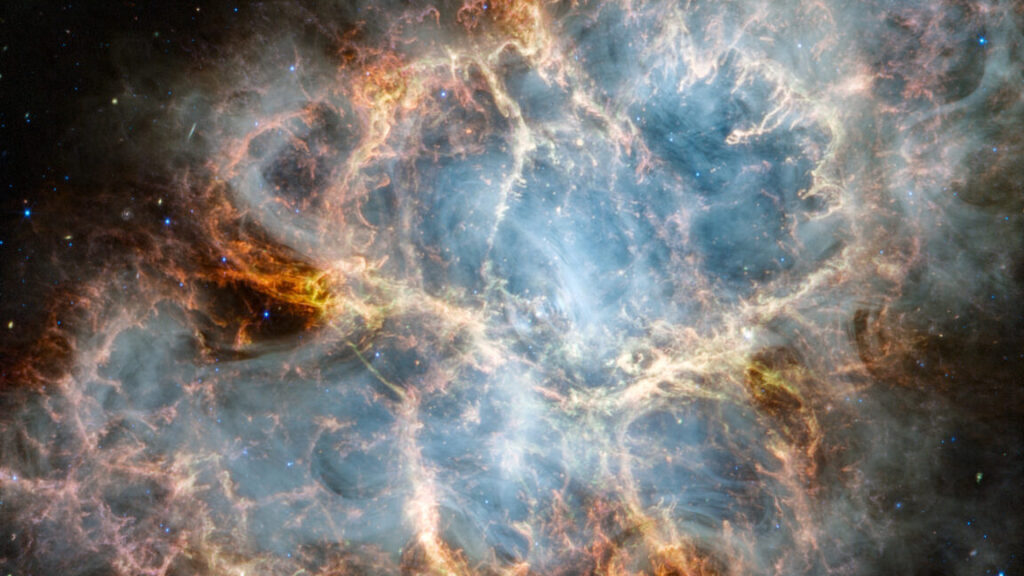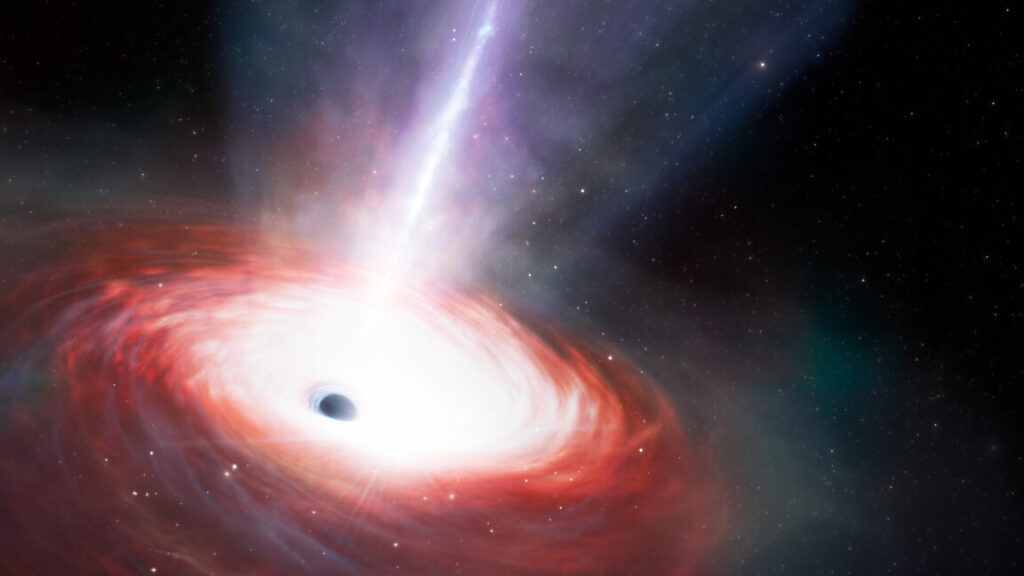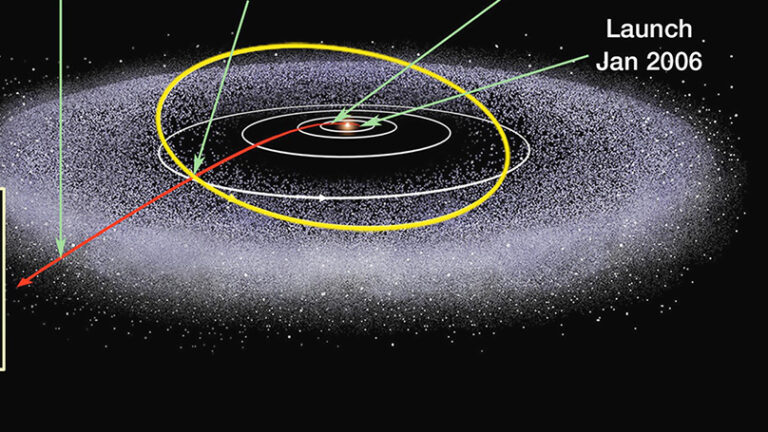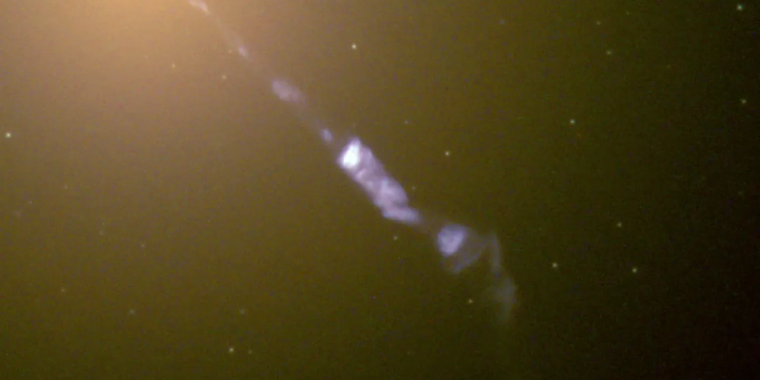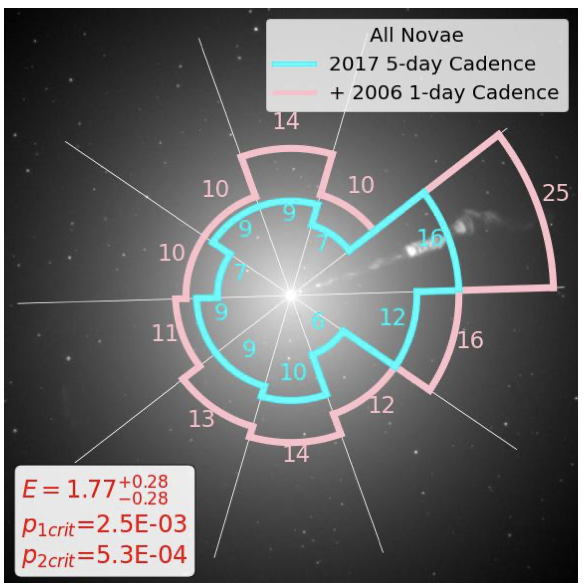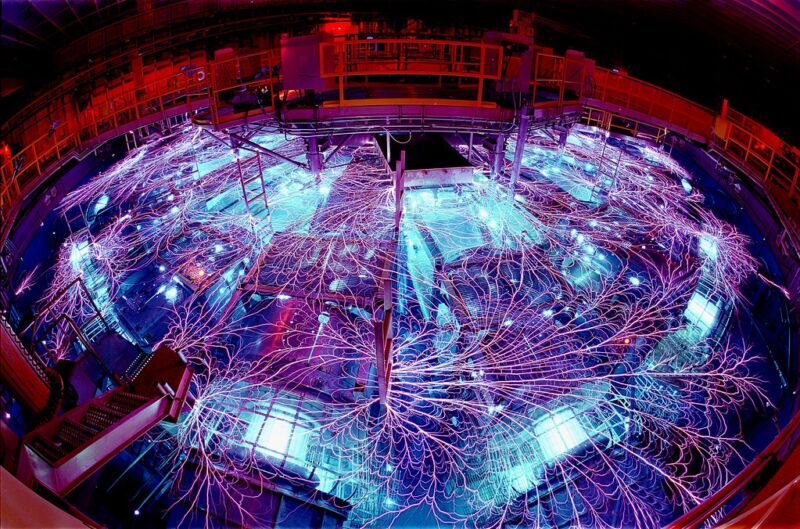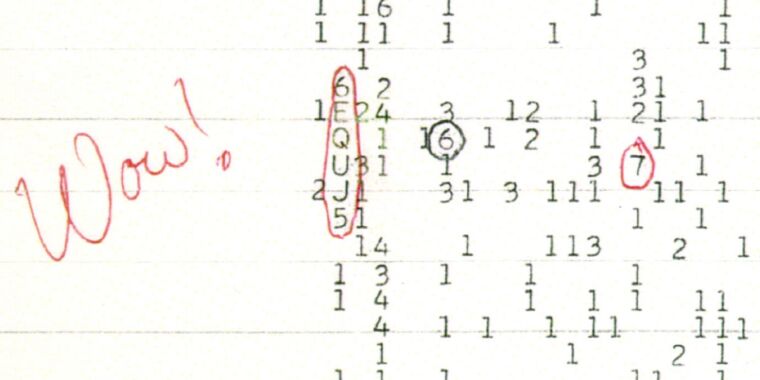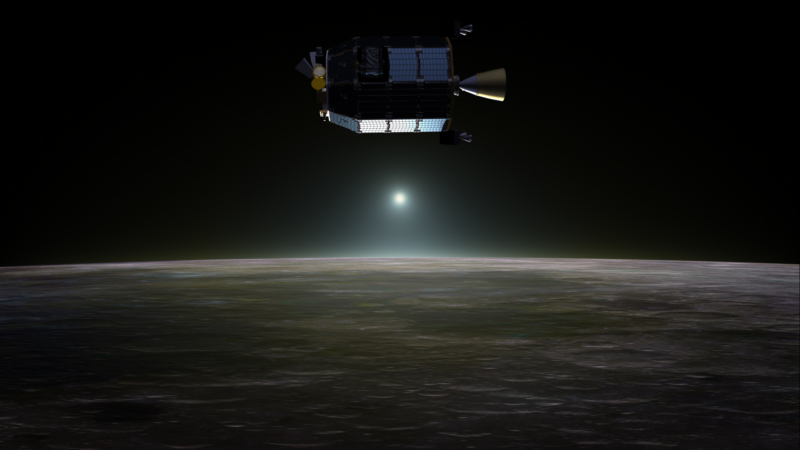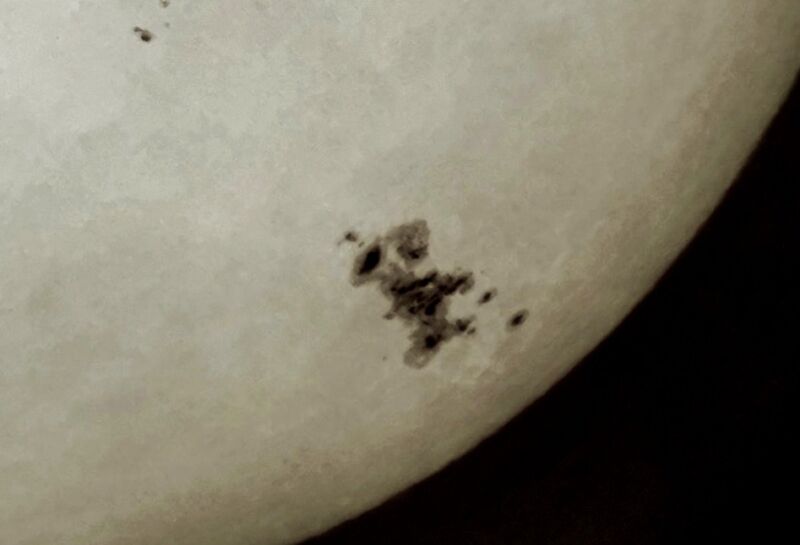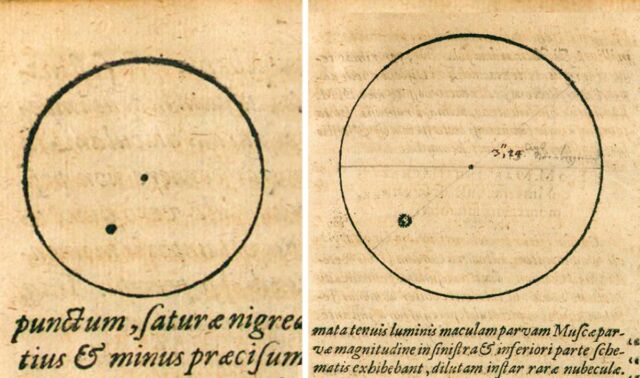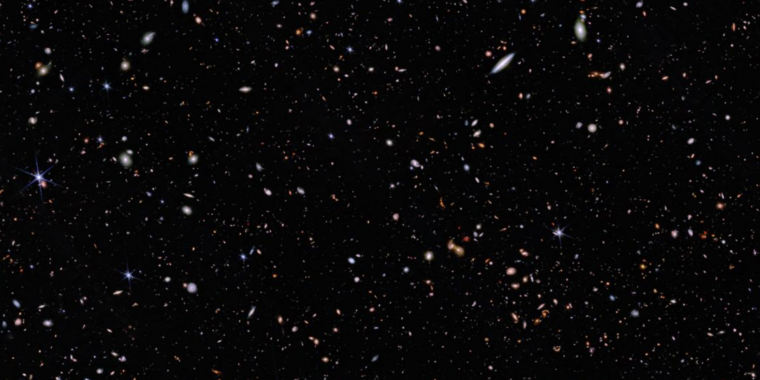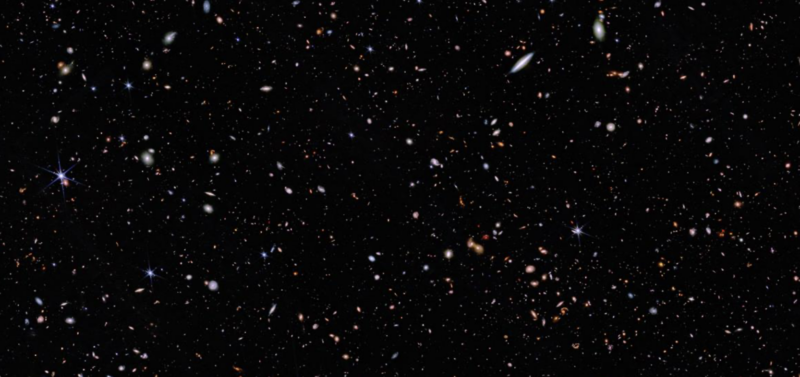Our Universe is not fine-tuned for life, but it’s still kind of OK
Inspired by the Drake equation, researchers optimize a model universe for life.
Physicists including Robert H. Dickle and Fred Hoyle have argued that we are living in a universe that is perfectly fine-tuned for life. Following the anthropic principle, they claimed that the only reason fundamental physical constants have the values we measure is because we wouldn’t exist if those values were any different. There would simply have been no one to measure them.
But now a team of British and Swiss astrophysicists have put that idea to test. “The short answer is no, we are not in the most likely of the universes,” said Daniele Sorini, an astrophysicist at Durham University. “And we are not in the most life-friendly universe, either.” Sorini led a study aimed at establishing how different amounts of the dark energy present in a universe would affect its ability to produce stars. Stars, he assumed, are a necessary condition for intelligent life to appear.
But worry not. While our Universe may not be the best for life, the team says it’s still pretty OK-ish.
Expanding the Drake equation
Back in the 1960s, Frank Drake, an American astrophysicist and astrobiologist, proposed an equation aimed at estimating the number of intelligent civilizations in our Universe. The equation started with stars as a precondition for life and worked its way down in scale from there. How many new stars appear in the Universe per year? How many of the stars are orbited by planets? How many of those planets are habitable? How many of those habitable planets can develop life? Eventually, you’re left with the fraction of planets that host intelligent civilizations.
The problem with the Drake equation was that it wasn’t really supposed to yield a definite number. We couldn’t—and still can’t—know the values for most of its variables, like the fraction of the planets that developed life. So far, we know of only one such planet, and you can’t infer any statistical probabilities when you only have one sample. The equation was meant more as a guide for future researchers, giving them ideas of what to look for in their search for extraterrestrial life.
But even without knowing the actual values of all those variables present in the Drake equation, one thing was certain: The more stars you had at the beginning, the better the odds for life were. So Sorini’s team focused on stars.
“Our work is connected to the Drake equation in that it relies on the same logic,” Sorini said. “The difference is we are not adding to the life side of the equation. We’re adding to the stars’ side of the equation.” His team attempted to identify the basic constituents of a universe that’s good at producing stars.
“By ‘constituents,’ I mean ordinary matter, the stuff we are made of—the dark matter, which is a weirder, invisible type of matter, and the dark energy, which is what is making the expansion of a universe proceed faster and faster,” Sorinin explained. Of all those constituents, his team found that dark energy has a key influence on the star formation rate.
Into the multiverse
Dark energy accelerates the expansion of the Universe, counteracting gravity and pushing matter further apart. If there’s enough dark energy, it would be difficult to form the dark matter web that structures galaxies. “The idea is ‘more dark energy, fewer galaxies—so fewer stars,’” Sorini said.
The effect of dark energy in a universe can be modeled by a number called the cosmological constant. “You could reinterpret it as a form of energy that can make your universe expand faster,” Sorinin said.
(The cosmological constant was originally a number Albert Einstein came up with to fix the fact that his theory of general relativity caused the expansion of what was thought to be a static universe. Einstein later learned that the Universe actually was expanding and declared the cosmological constant his greatest blunder. But the idea eventually managed to make a comeback after it was discovered that the Universe’s expansion is accelerating.)
The cosmological constant was one of the variables Sorini’s team manipulated to determine if we are living in a universe that is maximally efficient at producing stars. Sorini based this work on an idea put forward by Steven Weinberg, a Nobel Prize-winning physicist, back in 1989. “Weinberg proposed that there could be a multiverse of all possible universes, each with a different value of dark energy,” Sorini explained. Sorini’s team modeled that multiverse composed of thousands upon thousands of possible universes, each complete with a past and future.
Cosmological fluke
To simulate the history of all those universes, Sorini used a slightly modified version of a star formation model he developed back in 2021 with John A. Peacock, a British astronomer at the University of Edinburgh, Scotland, and co-author of the study. It wasn’t the most precise model, but the approximations it suggested produced a universe that was reasonably close to our own. The team validated the results by predicting the stellar mass fraction in the total mass of the Milky Way Galaxy, which we know stands somewhere between 2.2 and 6.6 percent. The model came up with 6.7 percent, which was deemed good enough for the job.
In the next step, Sorini and his colleagues defined a large set of possible universes in which the value of the cosmological constant ranged from a very tiny fraction of the one we observe in our Universe all the way to the value 100,000 times higher than our own.
It turned out our Universe was not the best at producing stars. But it was decent.
“The value of the cosmological constant in the most life-friendly universe would be measured at roughly one-tenth of the value we observe in our own,” Sorini said.
In a universe like that, the fraction of the matter that gets turned into stars would stand at 27 percent. “But we don’t seem to be that far from the optimal value. In our Universe, stars are formed with around 23 percent of the matter,” Sorini said.
The last question the team addressed was how lucky we are to even be here. According to Sorini’s calculations, if all universes in the multiverse are equally likely, the chances of having a cosmological constant at or lower than the value present in our Universe is just 0.5 percent. In other words, we rolled the dice and got a pretty good score, although it could have been a bit better. The odds of getting a cosmological constant at one-tenth of our own or lower were just 0.2 percent.
Things also could have been much worse. The flip side of these odds is that the number of possible universes that are worse than our own vastly exceeds the number of universes that are better.
“That is of course all subject to the assumptions of our model, and the only assumption about life we made was that more stars lead to higher chances for life to appear,” Sorini said. In the future, his team plans to go beyond that idea and make the model more sophisticated by considering more parameters. “For example, we could ask ourselves what the chances are of producing carbons in order to have life as we know it or something like that,” Sorini said.
Monthly Notices of the Royal Astronomical Society, 2024. DOI: https://doi.org/10.1093/mnras/stae2236
Our Universe is not fine-tuned for life, but it’s still kind of OK Read More »
